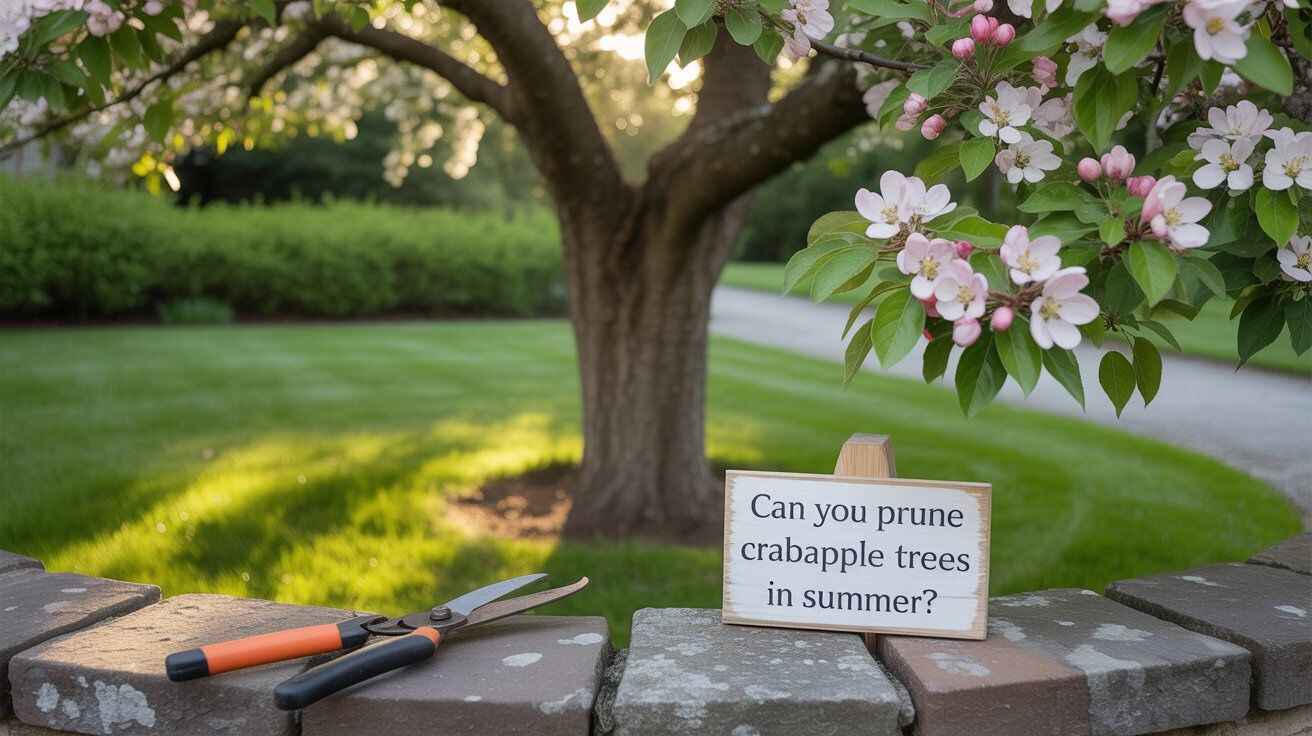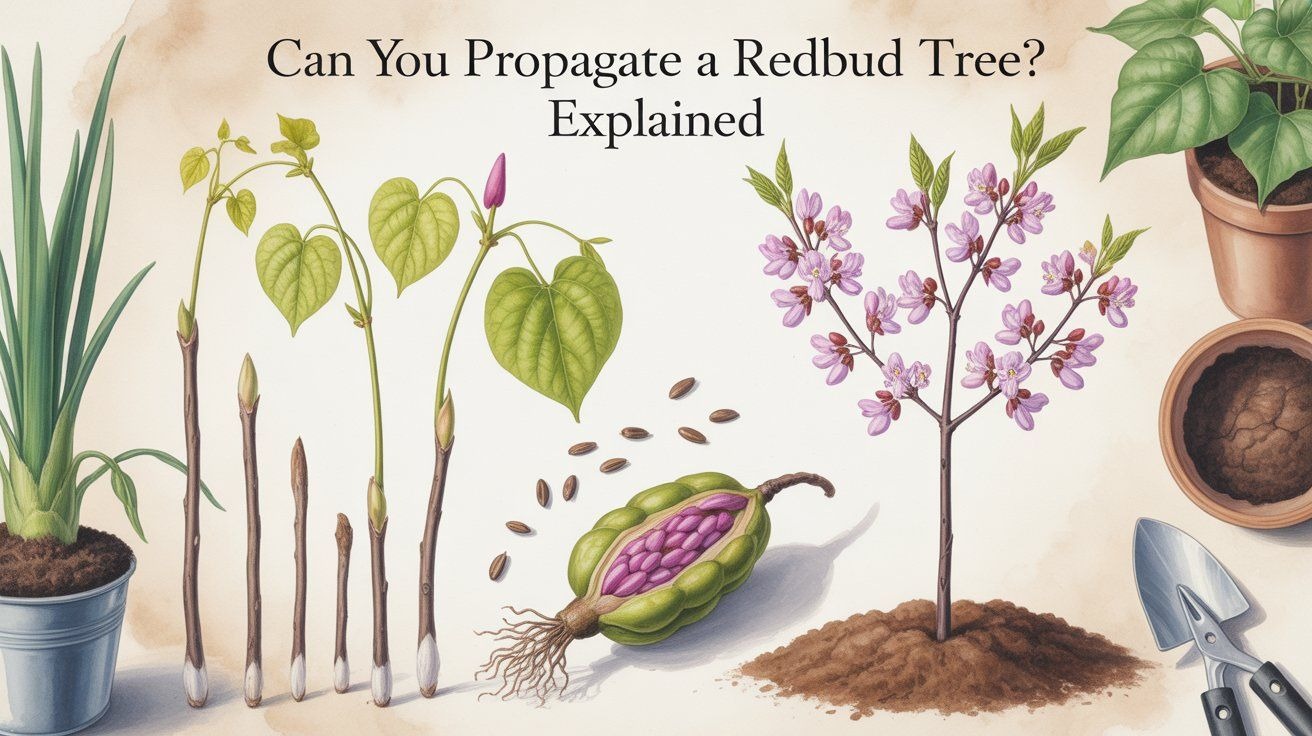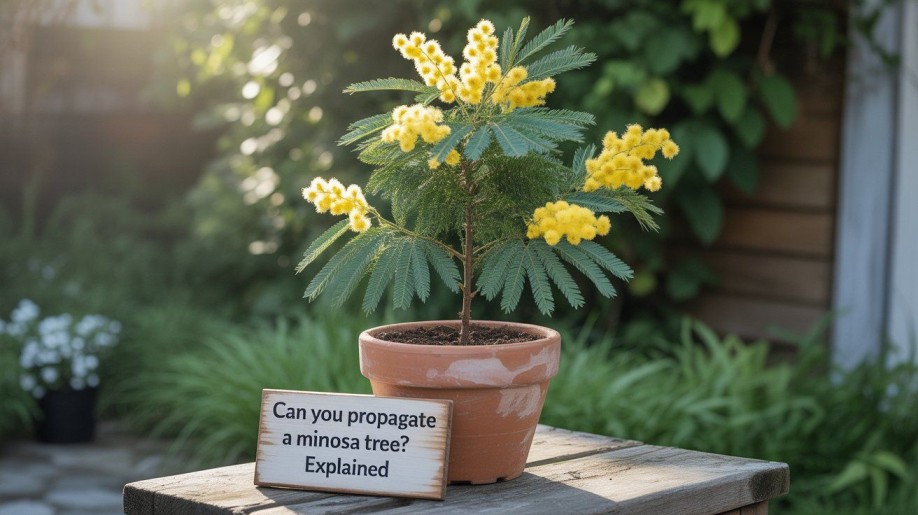Can you prune crabapple trees in summer? Learn the safe methods, timing, and tips to trim branches without harming your trees or flowers.
Understanding Crabapple Tree Growth Cycles
To properly prune a crabapple tree, it’s essential to understand its growth cycles. During spring and early summer, crabapple trees actively produce new shoots, leaves, and flowers. Summer pruning should focus on removing dead or crowded branches without disturbing this growth excessively.
Knowing the tree’s growth rhythm helps prevent stress and encourages a healthy canopy. By aligning pruning with the natural cycle, you can maintain tree structure, improve air circulation, and ensure that your crabapple tree remains vigorous and productive.
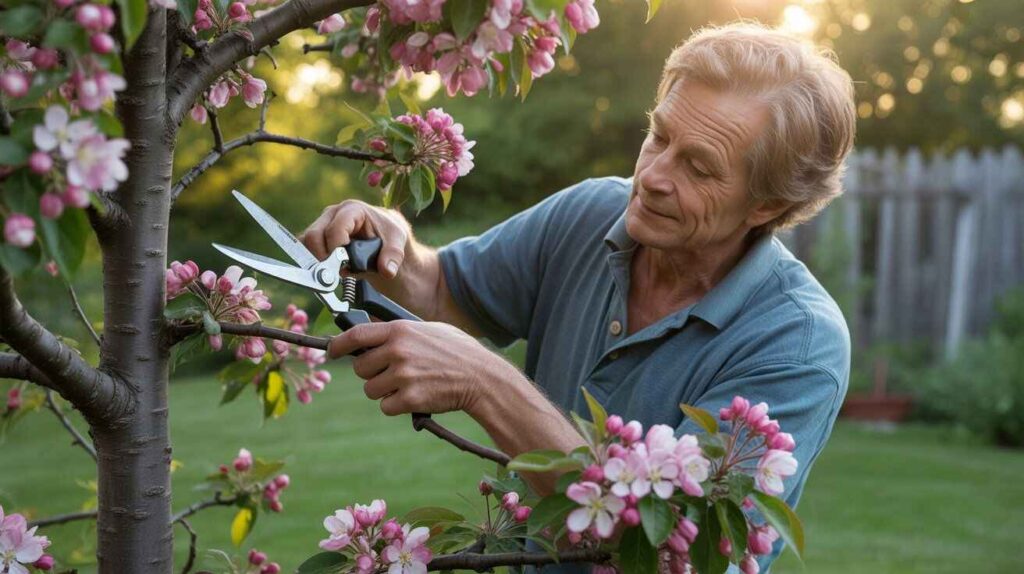
Risks of Summer Pruning
While summer pruning can help maintain a crabapple tree, it carries certain risks. Pruning during active growth may leave the tree vulnerable to pests, disease, and sunscald on exposed branches. Over-pruning can reduce tree vigor and negatively impact fruit production.
Additionally, improper cuts may cause wounds that take longer to heal. Understanding these risks is essential if you’re considering can you prune crabapple trees in the summer, ensuring that any pruning is strategic, careful, and aligned with the tree’s health and growth cycle.
Best Practices for Summer Pruning
| Pruning Step | Action | Tip / Details | Benefit / Purpose |
|---|---|---|---|
| Light Pruning | Remove dead, damaged, or overcrowded branches | Use clean, sharp tools for precise cuts | Reduces stress and maintains healthy canopy |
| Foliage Limit | Avoid removing >20% of leaves at once | Prune gradually if necessary | Prevents shock and ensures continued growth |
| Air & Light Improvement | Trim selectively to open canopy | Focus on crowded areas | Promotes sunlight penetration and air circulation |
| Regular Monitoring | Check tree post-pruning | Look for signs of pests or disease | Helps maintain long-term health |
Alternative Pruning Times
Although summer pruning is possible, many experts recommend late winter or early spring for crabapple trees. During dormancy, pruning causes less stress and allows wounds to heal quickly. Proper timing improves fruit production and maintains a balanced tree structure.
Understanding alternative pruning times helps you plan a year-round tree care schedule. By combining careful summer pruning with winter maintenance, you ensure your crabapple tree remains healthy, productive, and resilient against pests, disease, and seasonal growth challenges.
Conclusion
In summary, understanding can you prune crabapple trees in the summer is key for maintaining healthy and productive trees. While summer pruning can be done, it should focus on removing dead or overcrowded branches without stressing the tree.
Combining careful summer pruning with alternative pruning times like late winter ensures optimal tree structure, disease prevention, and better fruit production. By following expert techniques, your crabapple tree will remain vigorous, resilient, and visually appealing throughout the year.
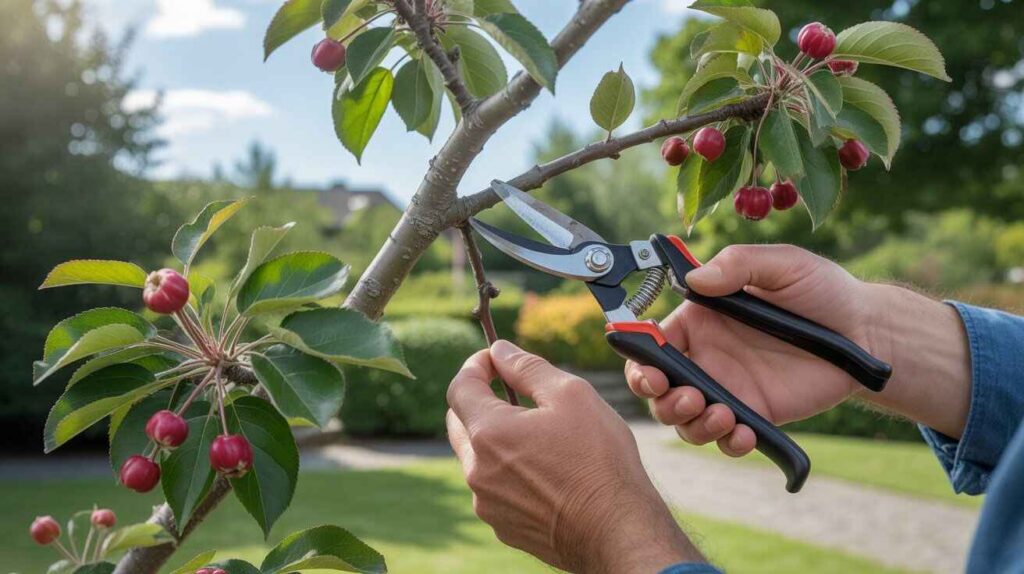
FAQs About Pruning Crabapple Trees
Q1: Can you prune crabapple trees in the summer safely?
Yes, careful summer pruning removes dead or overcrowded branches without harming the tree.
Q2: What is the best technique for summer pruning?
Use clean, sharp pruning tools and focus on light thinning to maintain the tree canopy.
Q3: How does summer pruning affect fruit production?
Excessive cuts can reduce fruit yield, but strategic summer pruning improves overall tree health.
Q4: When else can you prune crabapple trees?
Late winter or early spring is ideal to reduce stress and boost growth.

Jhanzaib Khan, with over 50 years of dedication to nature and tree conservation, is a leading authority in the world of trees and environmental care. From his early years exploring forests to guiding communities in sustainable tree planting, Jhanzaib has combined hands-on experience with a lifelong passion for the environment. He specializes in tree species identification, tree care, forest management, and environmental awareness. His insights have been featured in multiple nature blogs, workshops, and local conservation projects.

